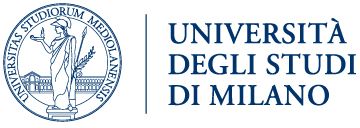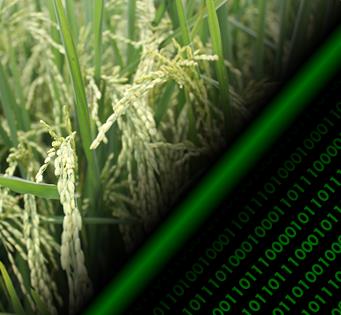A new approach for determining rice critical nitrogen concentration.
 |
2011 - Journal of Agricultural Science, 149, 633-638 |
 |
Confalonieri, R., Debellini, C., Pirondini, M., Possenti, P., Bergamini, L., Barlassina, G., Bartoli, A., Agostoni, E.G., Appiani, M., Babazadeh, L., Bedin, E., Bignotti, A., Bouca, M., Bulgari, R., Cantore, A., Degradi, D., Facchinetti, D., Fiacchino, D., Frialdi, M., Galuppini, L., Gorrini, C., Gritti, A., Gritti, P., Lonati, S., Martinazzi, D., Messa, C., Minardi, A., Nascimbene, L., Oldani, D. |
Abstract:
A reliable evaluation of crop nutritional status is crucial for supporting fertilization aiming at maximizing qualitative and quantitative aspects of production and reducing the environmental impact of cropping systems. Most of the available simulation models evaluate crop nutritional status
according to the nitrogen (N) dilution law, which derives critical N concentration as a function of above-ground biomass. An alternative approach, developed during a project carried out with students of the Cropping Systems Masters course at the University of Milan, was tested and compared with existing models (N dilution law and approaches implemented in EPIC and DAISY models). The new model (MAZINGA) reproduces the effect of leaf self-shading in lowering plant N concentration (PNC) through an inverse of the fraction of radiation intercepted by the canopy. The models were tested using data collected in four rice (Oryza sativa L.) experiments carried out in Northern Italy under potential and N-limited conditions. MAZINGA was the most accurate in identifying the critical N concentration, and therefore in discriminating PNC of plants growing under N-limited and nonlimited conditions, respectively. In addition, the present work proved the effectiveness of crop models when used as tools for supporting education.
according to the nitrogen (N) dilution law, which derives critical N concentration as a function of above-ground biomass. An alternative approach, developed during a project carried out with students of the Cropping Systems Masters course at the University of Milan, was tested and compared with existing models (N dilution law and approaches implemented in EPIC and DAISY models). The new model (MAZINGA) reproduces the effect of leaf self-shading in lowering plant N concentration (PNC) through an inverse of the fraction of radiation intercepted by the canopy. The models were tested using data collected in four rice (Oryza sativa L.) experiments carried out in Northern Italy under potential and N-limited conditions. MAZINGA was the most accurate in identifying the critical N concentration, and therefore in discriminating PNC of plants growing under N-limited and nonlimited conditions, respectively. In addition, the present work proved the effectiveness of crop models when used as tools for supporting education.
 |
Keywords: no keywords |
 |
DOI: 10.1017/S0021859611000177 |
- Comparison of three calibration methods for modeling rice phenology
- A simple pipeline for the assessment of legacy soil datasets: An example and test with soil organic carbon from a highly variable area.
- A high-resolution, integrated system for rice yield forecasting at district level.
- Downscaling rice yield simulation at sub-field scale using remotely sensed LAI data.
- Analysis and modelling of processes involved with salt tolerance and rice.
- Estimating crop nutritional status using smart apps to support nitrogen fertilization. A case study on paddy rice.
- Development of generic crop models for simulation of multi-species plant communities in mown grasslands.
- Quantifying uncertainty due to stochastic weather generators in climate change impact studies
- Predicting rice blast disease: machine learning versus process-based models
- Boundaries and perspectives from a multi-model study on rice grain quality in Northern Italy.




